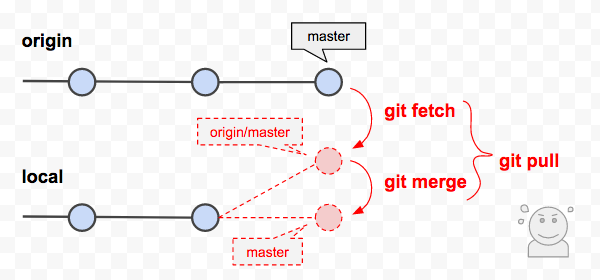

Streamlines a potentially complex history.Here are the top three benefits for Git rebase and for Git merge. And others think that you should always merge. Some developers believe you should always rebase. What Is the Difference Between Git Merge and Git Rebase? Git merge adds a new commit, preserving the history. Git rebase moves a feature branch into a master. Git rebase and merge both integrate changes from one branch into another. In the process, unwanted history is eliminated.Īdvocates of Git rebase like it because it simplifies their review process. Unlike merging, rebasing flattens history. It transfers the completed work from one branch to another.
#Merge updated branch to master git Patch
Git rebase compresses all the changes into a single “patch.” Then it integrates the patch onto the target branch. Git rebase is a command that allows developers to integrate changes from one branch to another. Advocates of it like it because it preserves the history of a branch. When you use Git merge, only the target branch is changed. It takes the contents of a source branch and integrates it with a target branch. Whether branches are created for testing, bug fixes, or other reasons, merging commits changes to another branch. Merging is a common practice for developers. Git merge is a command that allows you to merge branches from Git. Here, we break down what they do and how they differ. Git merge: there's a lot of debate in the Git community about these. Speed up your bugfix mergesĪs this is too time-consuming to perform manually, we came up with the following script.Git rebase vs.
#Merge updated branch to master git plus
But if you have to go through this process many times over, it will quickly get tedious.įor example, making a minor CSS change to the default templates of our six Scroll Exporters involves updating ten different projects (all six exporters plus the corresponding four example templates on Bitbucket). If you only need to do this occasionally, it’s not a huge problem – as long as you remember the above steps and the merge parameters.

Here at K15t, this applies to our Scroll Exporters, for example. But correctly incorporating your fix into the VCS can take much longer – especially if you have multiple related projects and the bugfix requires minor changes to all of them. Some bugs can be fixed in a matter of minutes.


 0 kommentar(er)
0 kommentar(er)
